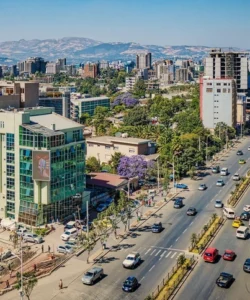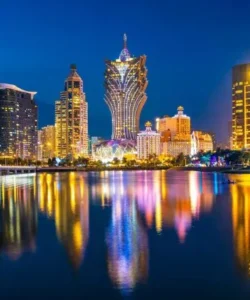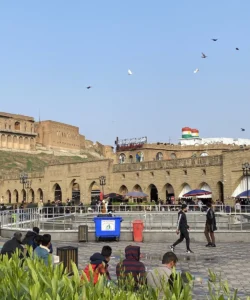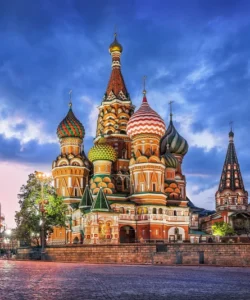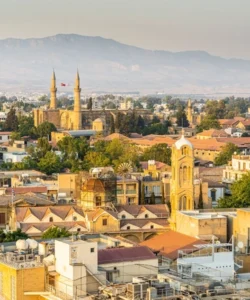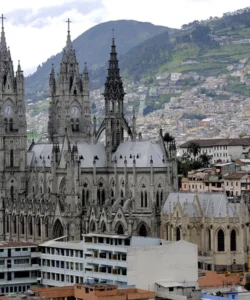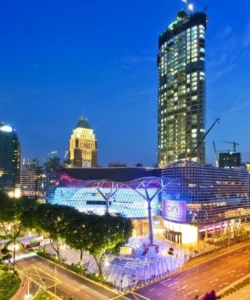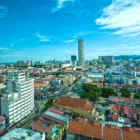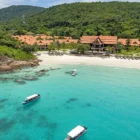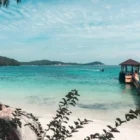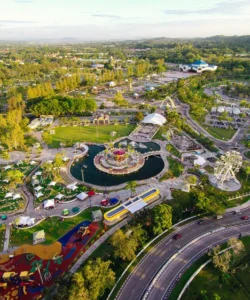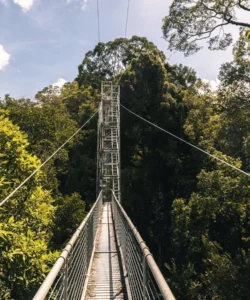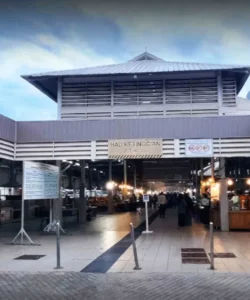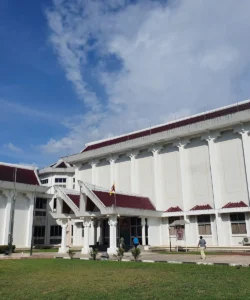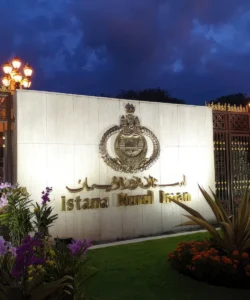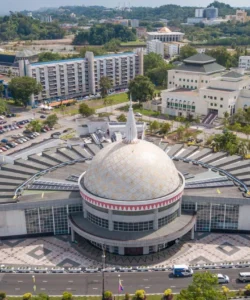Kampong Ayer is a truly unique and historically significant settlement located in Bandar Seri Begawan, the capital of Brunei Darussalam. Often referred to as the “Venice of the East” or “Water Village,” it’s not merely a collection of stilt houses but a sprawling, vibrant community built entirely over the Brunei River, maintaining a distinct way of life that has persisted for centuries.
Name: Kampong Ayer (Malay: Kampung Air, literally “Water Village”)
Address: Brunei River, Bandar Seri Begawan, Brunei Darussalam. It lies directly opposite the main part of Bandar Seri Begawan city, with various jetties providing access.
How to Get There:
Kampong Ayer is easily accessible from the mainland of Bandar Seri Begawan.
- By Air: The closest airport is Brunei International Airport (BWN). From the airport, it’s a short 10-15 minute taxi or Grab (Dart) ride to the city center and the riverfront jetties.
- From Bandar Seri Begawan City Center:
- Water Taxi (Perahu Tambang): This is the primary and most authentic way to reach Kampong Ayer. Small wooden water taxis (perahu tambang) constantly ferry passengers across the Brunei River from various jetties along the city’s waterfront (e.g., in front of the Yayasan Sultan Haji Hassanal Bolkiah Complex, or the main jetty near the Royal Regalia Museum). A one-way ride is very cheap (usually B$1). You can also hire a water taxi for a guided tour of the village.
- By Foot (Limited): Some parts of Kampong Ayer are connected by modern walkways that lead from the mainland, but most exploration within the village requires water taxis.
- Organized Tours: Many city tours in Brunei include a visit to Kampong Ayer, often with a guided water taxi tour and a visit to a local home.
- No Entrance Fee: There is no entrance fee to Kampong Ayer itself, though water taxi fares apply. The Cultural & Tourism Gallery within Kampong Ayer has a small entry fee.
Landscape and Architecture:
Kampong Ayer’s “landscape” is amphibious, a fascinating man-made environment where thousands of traditional wooden structures rise directly from the river, blending with the natural waterways. Its “architecture” is both functional and culturally rich, adapted to life on water.
- Houses on Stilts: The most striking feature is the vast collection of traditional wooden houses built entirely on stilts over the Brunei River. These houses are painted in various colors and are intricately connected by a labyrinthine network of wooden boardwalks and concrete jetties.
- Floating Community Infrastructure: Kampong Ayer is not just houses; it’s a fully functioning town with a complete infrastructure built over water. This includes:
- Schools: Traditional schools for children.
- Mosques: Beautifully constructed mosques, like the Kampong Ayer Mosque, also on stilts.
- Police Station: A floating police station to maintain law and order.
- Fire Station: A floating fire station for emergencies.
- Clinics/Health Centres: Basic healthcare facilities.
- Shops/Markets: Small grocery stores and informal markets cater to daily needs.
- Petrol Stations: Floating petrol stations for boats.
- Water Taxis (Perahu Tambang): The omnipresent small, narrow wooden water taxis serve as the primary mode of transportation between homes, schools, shops, and to the mainland. They are a defining visual and functional element.
- Modern Amenities Integration: While traditional in appearance, many homes within Kampong Ayer are equipped with modern amenities like electricity, running water, air-conditioning, satellite TV, and internet access, showcasing a unique blend of ancient tradition and contemporary living.
- Wooden Walkways and Bridges: An extensive network of over 36 kilometers of wooden boardwalks and concrete footbridges connects the various neighborhoods, allowing residents and visitors to navigate the sprawling village. Some of these are quite narrow and can be slippery when wet.
- Cultural & Tourism Gallery: A modern building built on stilts within Kampong Ayer, featuring exhibits on the history, culture, and traditional crafts of the water village, offering a good introduction to the unique lifestyle.
- Brunei River as a Central Artery: The river itself is the central “street,” with boats acting as vehicles, defining the urban flow and daily life.
What Makes It Famous:
- World’s Largest Water Village: Kampong Ayer is historically renowned as the largest traditional water settlement in the world, with a history spanning over 1,300 years (dating back to at least the 10th century according to historical accounts, including Antonio Pigafetta’s record in 1521). It houses a significant portion of Brunei’s population.
- Living Heritage: It’s not a museum or a theme park but a living, breathing community where thousands of people continue to live their daily lives on the water, preserving a unique way of life adapted over centuries.
- “Venice of the East”: This romantic moniker highlights its unique network of waterways and stilt houses, attracting international curiosity.
- Complete Floating Community: Its fame stems from the fact that it’s a completely self-sufficient community with all essential infrastructure (schools, mosques, police, fire stations, shops) built entirely on stilts over the water, demonstrating remarkable adaptation and ingenuity.
- Cultural Immersion: Visitors can experience an authentic glimpse into Bruneian culture by taking water taxi tours, visiting the Cultural & Tourism Gallery, or even experiencing a traditional home visit (often arranged through tours).
- Historical Significance: It was once the capital of the Bruneian Sultanate and a major trading hub in Southeast Asia, attracting explorers and traders for centuries. Its rich history is central to Brunei’s identity.
- Proximity to Modern City: The striking juxtaposition of this ancient water village with the modern skyline of Bandar Seri Begawan across the river creates a compelling visual contrast.
Differences from Some Other Wonders:
- Living Water Settlement: While Kerala Backwaters offers houseboat experiences, Kampong Ayer is a permanent, living, and self-sufficient urban settlement built entirely on stilts over the river. It’s not primarily a tourist attraction (though tourists visit) but a functional home for a large population, embodying a continuous historical way of life, unlike temporary houseboats or restored historical waterfronts.
- Complete Infrastructure on Water: The presence of schools, mosques, police/fire stations, and clinics all built on stilts over the water makes it a unique and fully functional floating town, distinct from other “floating villages” that might only consist of residences.
- Historical Continuity (1300+ years): Its exceptionally long history of continuous human habitation as a water village, documented by early European explorers, gives it a profound sense of historical continuity rarely seen in other water-based communities that have largely dwindled.
- No Cars/Roads within the Village: Similar to the Gili Islands (though on a different scale), the complete absence of cars and reliance on water taxis and wooden walkways within the village creates a unique, peaceful, and traditionally authentic environment.
- Cultural Focus: While it’s a natural wonder (due to its setting on the river), its “wonder” is predominantly about human adaptation, cultural heritage, and a unique way of life on water, rather than specific geological formations or a grand, single architectural monument.
- Contrast with Modern Capital: The visual and cultural contrast between Kampong Ayer’s traditional water world and the modern, urban landscape of Bandar Seri Begawan directly opposite creates a unique “before and after” narrative of development within a single view.
Kampong Ayer Photos:































